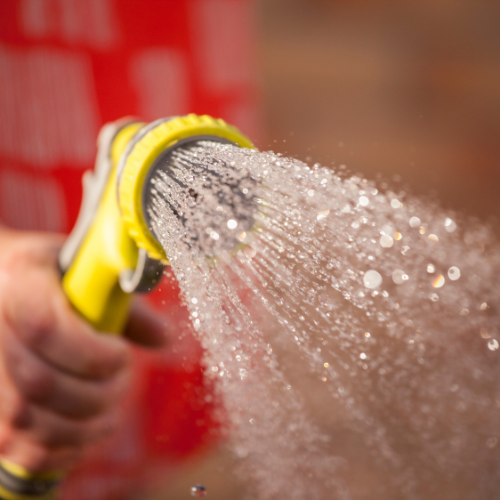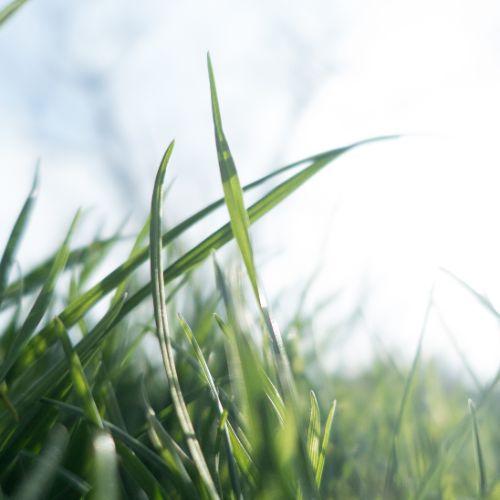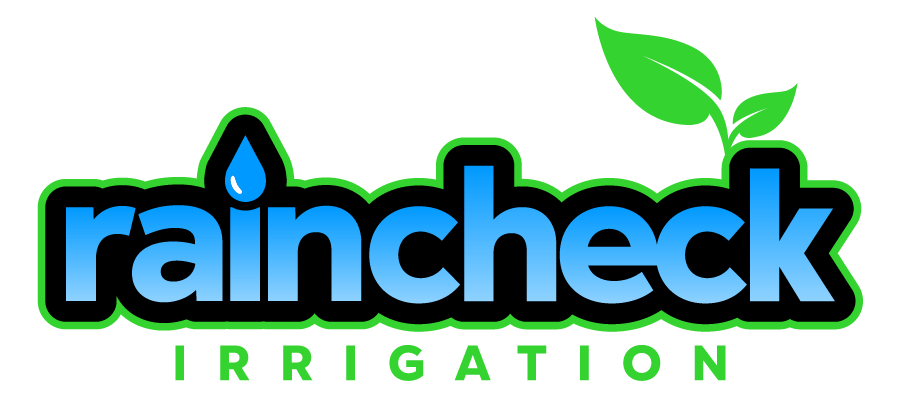Lawn Irrigation Tips and Tricks for a
Lush Lawn in 2024
Ever wonder how some lawns always look like they belong in a golf course, while others struggle to stay green? You’re not alone! In fact, according to a recent study, proper irrigation can reduce lawn water usage by up to 50% while keeping your grass in top shape. Amazing, right? We all want a vibrant, lush lawn, but let’s face it—achieving that perfect green can feel like rocket science without the right knowledge.
Welcome to our ultimate guide on lawn irrigation! We’ll break down the basics, uncover expert secrets, and give you tips you can implement right away. Whether you’re new to watering or just looking for some pro advice, we’ve got you covered. Let’s make your 2024 lawn the envy of the neighborhood!
Why Lawn Irrigation Matters
Water is to your lawn what oxygen is to us—it’s essential! But it's not just about giving your grass a drink; it’s about giving it the right amount of water at the right time. Here’s why lawn irrigation matters:

The Role of Water in Lawn Health
Water helps transport essential nutrients through the soil to your grass. Without proper irrigation, your lawn can become dry, weak, and prone to pests and diseases. A well-watered lawn stays strong and healthy, allowing it to bounce back from stressors like foot traffic, heat, and drought.

Common Mistakes in Lawn Irrigation
Overwatering and underwatering are the two biggest culprits! Overwatering can drown the grass and promote disease, while underwatering leads to dry , brittle grass that's more susceptible to pests. Striking the right balance is key!

Benefits of an Efficient Irrigation System
An efficient irrigation system delivers water precisely where and when your lawn needs it, avoiding waste and ensuring every blade of grass gets the hydration it deserves. Plus, it saves you money on the water bill!
Choosing The Right Irrigation System For Your Lawn
Not all irrigation systems are created equal. Your lawn's size, shape, and type of grass all play a role in selecting the best system. Here's a breakdown of options:
Overview of Different Types of Irrigation Systems
There are three main types - sprinkler systems, drip irrigation, and soaker hoses. Sprinkler systems are ideal for larger lawns, while drip irrigation works well for garden beds and smaller areas. Soaker hoses are a simple, cost-effective option for targeting specific areas.
How to Match Your Irrigation System To Your Lawn Type
For wide flat lawns, a sprinkler system with rotary heads might be your best bet. If your lawn has multiple sections, consider a zoned system to ensure each area gets proper coverage. Sloped lawns may need specialized solutions like drip irrigation to prevent water runoff.
Smart Irrigation Systems for 2024 And Their Benefits
Technology has made irrigation smarter! Smart systems use sensors and weather forecasts to adjust watering schedules automatically. They can significantly reduce water waste by tailoring watering to real-time conditions, saving you time and money in the process.

Best Practices For Lawn Watering
When and how you water your lawn can make all the difference in its health and appearance. Follow these practices for optimal results:

When and How Often to Water Your Lawn
Early morning (between 6 a.m. and 10 a.m.) is the best time to water, as it allows grass to absorb moisture before the heat of the day. Most lawns need about 1 to 1.5 inches of water per week, but this can vary based on grass type and climate.

How to Adjust Watering Based on the Season
During the summer, your lawn will need more frequent watering due to evaporation. In cooler months or rainy periods, you can scale back. Always monitor the soil’s moisture level to avoid overwatering.

Deep Watering vs. Shallow Watering
Deep watering encourages grass roots to grow deeper, making your lawn more resilient. Watering less frequently but for longer periods is more effective than short, daily watering, which encourages shallow root growth.

Watering Tips for Different Grass Types
Cool-season grasses like Kentucky bluegrass prefer deeper, less frequent watering, while warm-season grasses like Bermuda grass can tolerate drought but thrive with more consistent moisture.
Water Conservation and Irrigation Efficiency
With rising concerns about water conservation, it’s important to adopt lawn irrigation practices that minimize waste. Here’s how you can keep your lawn green while being eco-friendly:
How to Conserve Water While Maintaining a Healthy Lawn
Use mulch to retain soil moisture, and water only when needed (not on a set schedule). Installing rain barrels to collect runoff for irrigation is another great conservation tactic.
Rain Sensors, Timers, and Other Efficiency-Boosting Tools
Rain sensors automatically stop your irrigation system if it rains, preventing overwatering. Timers ensure your lawn gets water at optimal times, while moisture sensors can measure the exact amount of water your lawn needs and adjust accordingly.
Addressing Drought Conditions and Watering Restrictions
If you live in an area prone to drought, consider drought-tolerant grass varieties that need less water. Follow local guidelines for watering restrictions, and prioritize deep watering when allowed.

Lawn irrigation doesn’t have to be a mystery. With the right system, proper timing, and a few smart conservation techniques, you can keep your lawn healthy and green while saving water (and money!). So, why wait? Start applying these tips and watch your lawn thrive in 2024! For more personalized advice or help with installation, reach out to our lawn care experts today.
Because your brain deserves better than scrolling endlessly. More articles worth your time.
Services
Service Areas
Wixom | Canton | Plymouth | Northville | Clarkston | Hartland | South Lyon | Saline | Ann Arbor | Milford | Twp of Hamburg | Novi | Holly | Fenton | Livonia | Brighton | Howell | Pinckney | Ypsilanti | Grand Blanc | Commerce | Highland Twp
